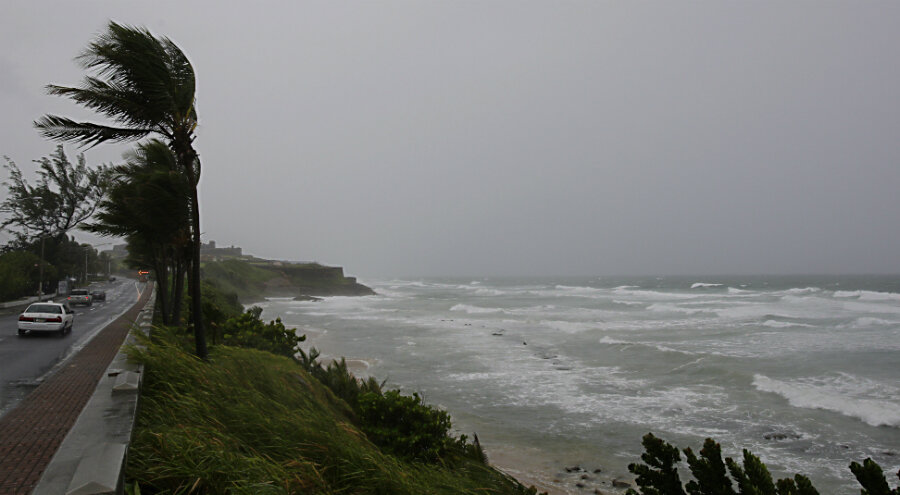When scientists try to single out the role likely played by human-caused climate change, they rely on complex models, together with a track record of historical observations, that can account for all the meteorological factors contributing to a weather event. Essentially, they use these models to compare an actual event with a simulated one that assumes preindustrial carbon dioxide levels, which generally means slightly cooler air and sea surface temperatures.
Any weather event is affected by a multitude of factors, including atmospheric conditions, the presence of El Niño or La Niña, sun spots and volcanic events, air masses and wind patterns – which models try to account for.
David Titley, who chaired the US National Academies committee that produced “Attribution of Extreme Weather Events in the Context of Climate Change” a year ago, says good attribution science is a “three-legged stool.” To do it well, scientists need to have a solid understanding of the fundamental physics that caused a weather event and how it’s been affected by climate change; long-term observations that support that understanding; and a computer model that can predict the type of event in the future with some sort of reliability.






